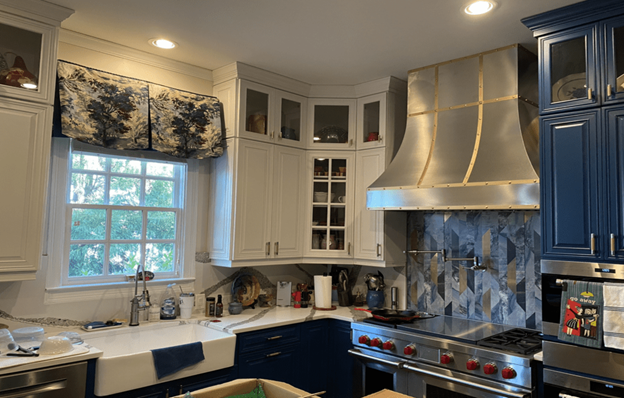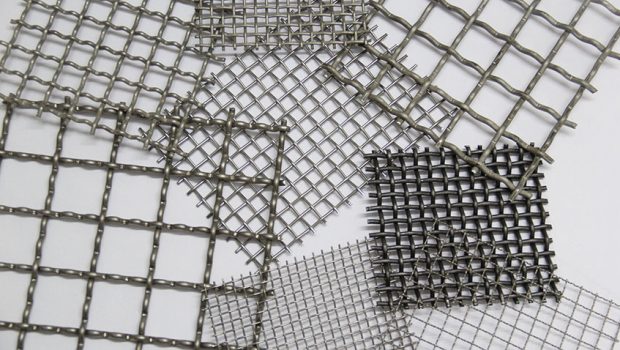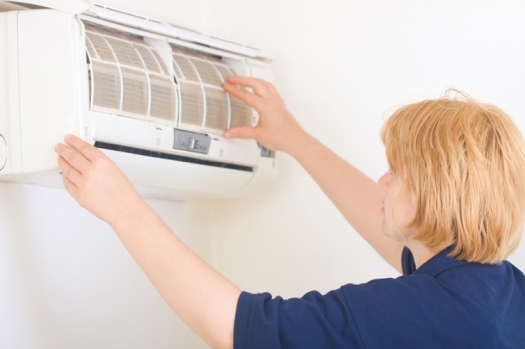Within the world of kitchen appliances, range hoods and vent hoods hold significant importance, yet distinguishing between them can be perplexing. In this guide, our aim is to demystify these vital fixtures. By clarifying their functions, examining their variations, and addressing common inquiries, we’ll empower you to select the optimal ventilation solution for your kitchen. Join us as we unravel the disparities between range hoods and vent hoods, enhancing the cleanliness, freshness, and comfort of your kitchen space.
Understanding Range Hoods and Vent Hoods
When it comes to kitchen hoods, the choices can be overwhelming with all the different terms and options out there. One common question people have is about the difference between a range hood and a vent hood. Even though these terms are often swapped, they actually have some subtle variations that can really matter when you’re trying to pick the right one for your kitchen.
Exploring Range Hoods
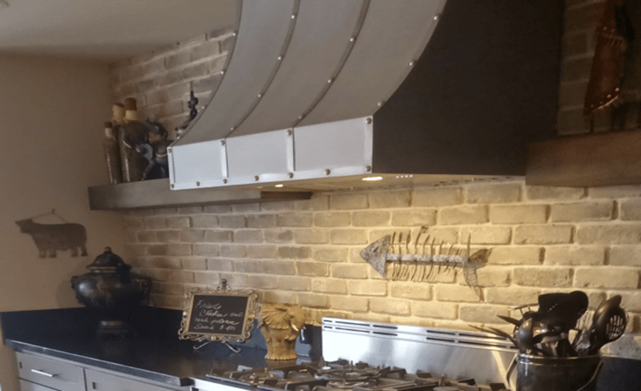
A range hood, also referred to as a cooker hood or exhaust hood, serves as a vital kitchen fixture positioned strategically above the cooktop or range. Its primary function is to effectively eliminate excess steam, smoke, and various airborne particles generated during the cooking process. This is achieved by employing a mechanism that draws in the contaminated air and then proceeds to either expel it to the exterior environment or subject it to filtration through specialized mediums such as charcoal or other filters. Consequently, the purified air is reintroduced into the kitchen environment, contributing to improved air quality.
Range hoods are available in an assortment of sizes and styles, catering to a diverse range of
kitchen designs and cooking requirements. They can be installed in different configurations, including wall-mounted installations or installations beneath cabinetry. Furthermore, the operational convenience of range hoods is enhanced by the provision of manual controls via switches or buttons, and in certain models, the integration of advanced features such as remote control functionality or smart sensors capable of automatically activating the fan in response to heightened levels of heat or smoke.
Mechanics of Range Hoods
The functionality of range hoods hinges upon a sophisticated internal mechanism designed to efficiently address the diverse challenges posed by cooking emissions. When operational, a range hood diligently captures and extracts smoke, steam, and other airborne particulates that emanate during the cooking process. These pollutants are then subjected to a filtration process facilitated by the hood’s internal components, which effectively trap and contain contaminants. Subsequently, the purified air is either channeled outside the premises through a dedicated duct system or is released back into the kitchen environment, contributing to a refreshed atmosphere.
Understanding Ducted vs. Ductless Range Hoods
A significant difference in range hoods lies in the choice between ducted and ductless models. Ducted range hoods are connected to a duct system, allowing them to expel polluted air outside. On the other hand, ductless range hoods use filters to clean the air within the kitchen before releasing it back into the room. While ducted hoods are great at removing pollutants and odors efficiently, they come with higher installation costs and require more maintenance. In contrast, ductless hoods are easier to install and more affordable, although they may not be as effective in purifying the air.
Exploring Ventilation Hood Varieties
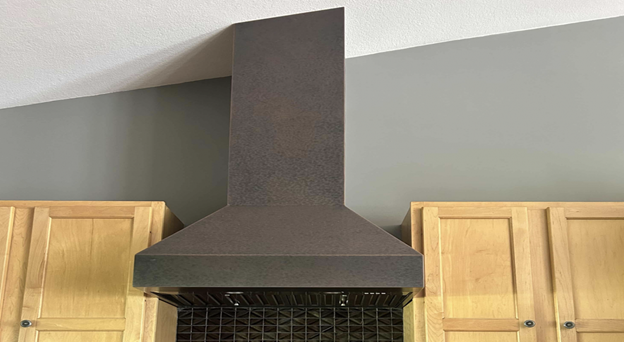
Ventilation hoods are available in an extensive array of styles, each characterized by unique features and installation requirements. Common variants include wall-mounted hoods, under-cabinet hoods, island hoods, insert hoods, downdraft hoods, and pro-style hoods. Each variant is tailored to accommodate specific kitchen layouts and preferences, offering a diverse range of options for homeowners to select from based on their individual requirements and aesthetic preferences.
Considerations When Purchasing a Ventilation Hood
Prior to finalizing the purchase of a ventilation hood, it is imperative to carefully evaluate various factors that can significantly influence its functionality and suitability for your kitchen environment. Key considerations include the power output of the hood, its size compatibility with the cooktop or range, the ventilation options available, the inclusion of lighting features, and the noise levels generated during operation. By meticulously assessing these factors, homeowners can make informed decisions that align with their specific needs and preferences, thereby ensuring the acquisition of a ventilation hood that optimally enhances the air quality within their home.
Common Questions and Answers
Frequently encountered inquiries regarding range hoods and vent hoods typically revolve around elucidating the distinction between vented and non-vented variants and determining whether the installation of a hood is mandated by building codes. Vented hoods are designed to expel contaminants outside the premises through dedicated duct systems, whereas non-vented hoods operate by filtering and recirculating air within the kitchen environment. The installation of a hood is often mandated by building codes in jurisdictions where gas stoves or cooktops are utilized, primarily as a preventive measure against the accumulation of harmful pollutants within indoor spaces.
Conclusion
The process of selecting a range hood or vent hood entails careful consideration of various factors, including the choice between ducted and ductless variants, preferences regarding mounting configurations, and the requisite power output and size specifications. By prioritizing factors that align with their specific requirements and preferences, homeowners can make well-informed decisions that culminate in the acquisition of a ventilation hood that not only complements their kitchen environment aesthetically but also contributes to a healthier and more comfortable living space.


